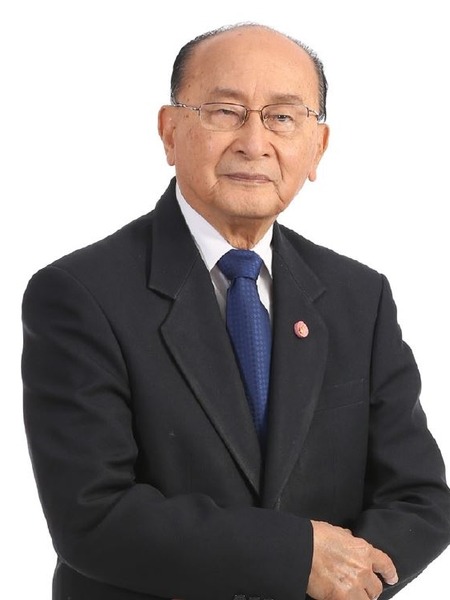How a Descendant of Thai Royalty Went from CEO to Education Advocate for Thailand
-
-
slice.mit.edu
Filed Under

Recommended
Paron Israsena’s mother and father both trace their lineage to 19th-century Thai kings, and his family has a long tradition of public service in Thailand. But as Paron was growing up, the Siamese Revolution of 1932 pushed the Israsenas out of their traditional governmental roles and him into a more business-oriented career—at least at first.
Showing aptitude and passion for study, Paron (Thais customarily refer to one another by first names) earned bachelor’s degrees in electrical and mechanical engineering at Chulalongkorn University before venturing to MIT for a Course 2 master’s degree. He went on to a distinguished management career at GE, Shell Thailand, and Thailand’s largest industrial conglomerate, Siam Cement Group, where he spent 39 years, including eight as CEO,before retiring in 1992.
Since then, Paron has devoted himself to improving Thailand’s educational system. “The biggest lesson I learned at MIT is that everything is dynamic,” he says. “The key to success is to embrace change, not to resist it. Children are Thailand’s greatest resource, and they need the skills to adapt in a changing world and fulfill their potential.”
Paron says Thailand’s traditional education system, like those in many countries, followed mass-production models. “I believe in mass customization,” he explains. “And even as we prepare students to be global citizens, we need to retain their ‘Thai-ness,’ the respectfulness, kindness, and traditions that are central to our culture.”
Working with the Suksaphattana Foundation, which he cofounded in 1996 with a group of Thai MIT alumni, Paron spearheaded the 1997 Lighthouse Project, which engaged MIT professor emeritus Seymour Papert and fellow Media Lab researchers to create educational initiatives throughout Thailand. That effort sowed the seeds of Papert’s participatory, discovery-oriented constructionist approach to learning in Thailand, where Paron says it has had broad impact everywhere from schools to villages to corporations.
Paron is president of Bangkok’s bilingual Darunsikkhalai School for Innovative Learning, which grew from the project. He also served 13 years as a Thai senator and is currently in a four-year term as the first private-sector chair of the Office of the National Economic and Social Development Board. He has received several national decorations and honorary degrees from eight universities.
A major educational milestone was 2013’s cabinet-level approval of a new national policy giving innovative schools more freedom. “I pushed for that law for 16 years,” says Paron. “It was a huge step forward for Thailand.”
Today, at 87, Paron has recently been appointed to Thailand’s National Reform Council and was named chair of its Education Reform and Human Resource Development Committee. In these positions he hopes to help scale up the MIT-originated ideas to the country’s entire educational system. “This,” he says, “will be my ultimate contribution.”
This article originally appeared in the September/October issue of MIT Technology Review magazine.







